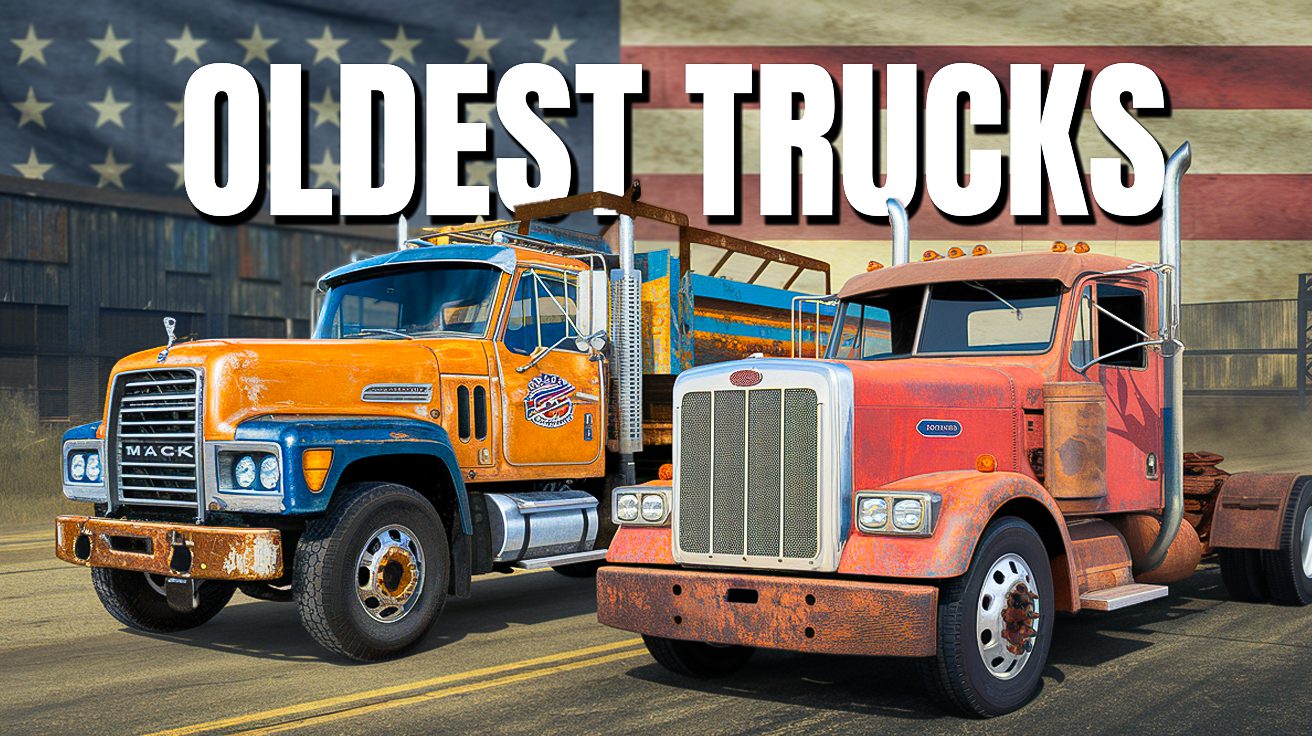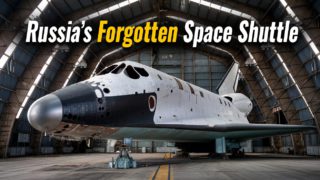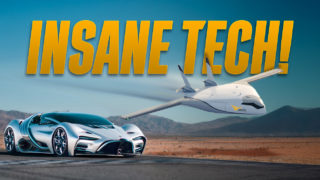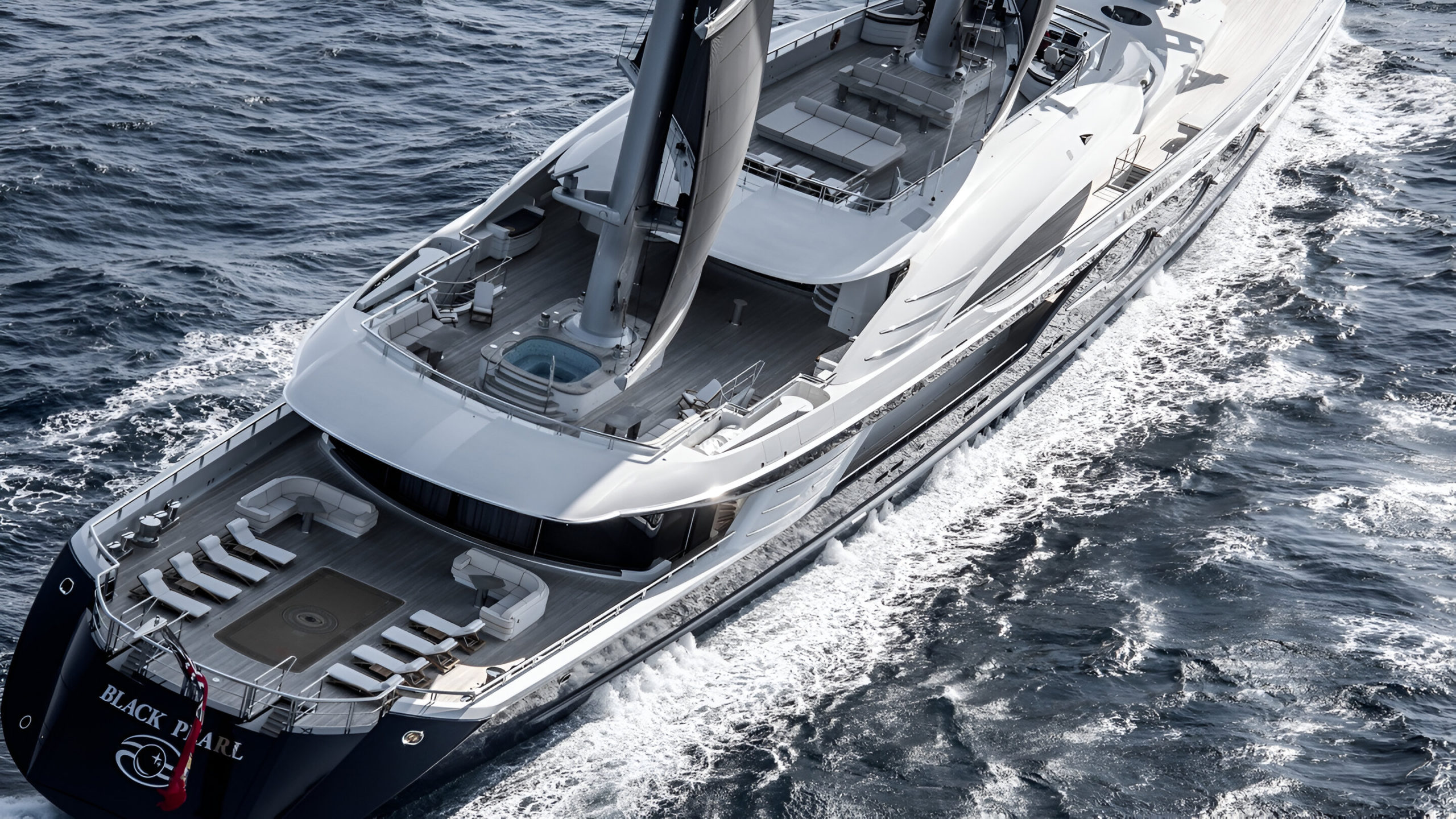Most automotive history books ignore the trucks that actually built America. These overlooked workhorses hauled materials that constructed our cities and highways, and their manufacturers solved impossible transportation problems with practical innovation. Diamond T created trucks with more chrome than luxury cars while Fageol designed safety features decades ahead of their time.
Their stories remain untold despite their massive impact on transportation. Discover how these 15 forgotten truck brands transformed American roads before disappearing from memory.
15. International Harvester
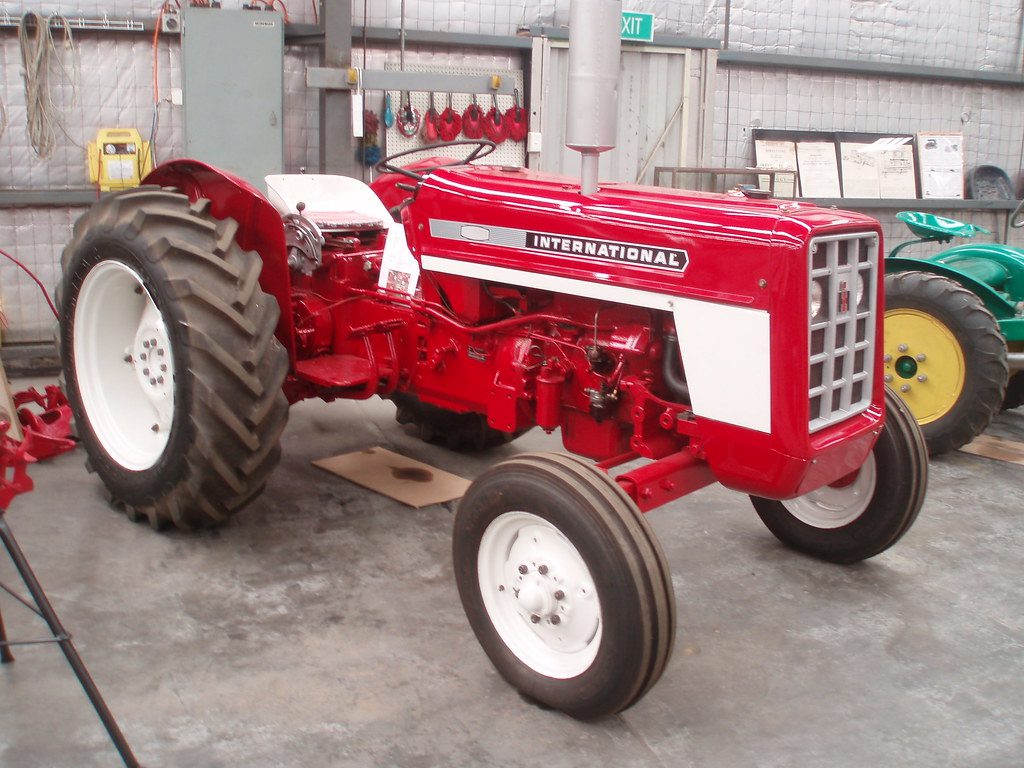
The bold grilles and rugged construction of International Harvester trucks, founded in 1902, delivered farm-to-market reliability when most roads were little more than dirt paths. Their 1907 Auto Buggy marked the company’s entry into the vehicle market. By the 1940s, their KB-series trucks showcased distinctive styling that could handle abuse few other vehicles could withstand.
Their exterior design blended functionality with just enough style to make their trucks stand out – like a perfectly balanced spice rub that enhances without overwhelming the main dish.
14. Diamond T
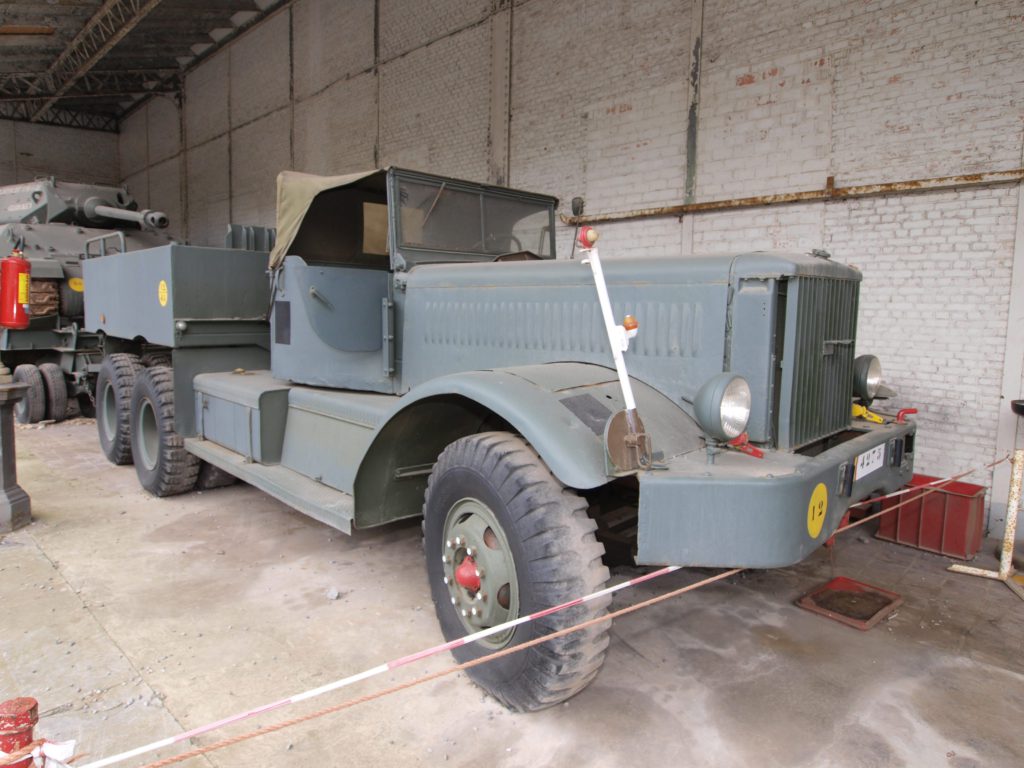
Called the “Cadillac of trucks,” Diamond T vehicles featured more chrome and polished finishes than many luxury cars of their era. The year 1911 saw Charles Arthur Tilt launch the company, initially crafting luxury automobiles before pivoting to trucks. Their 1940s Model 201 pickup still turns heads at vintage truck shows.
Diamond T’s exterior design earned them their luxury nickname for good reason. These weren’t just work vehicles – they were status symbols that happened to haul stuff.
13. Diamond Rio Trucks
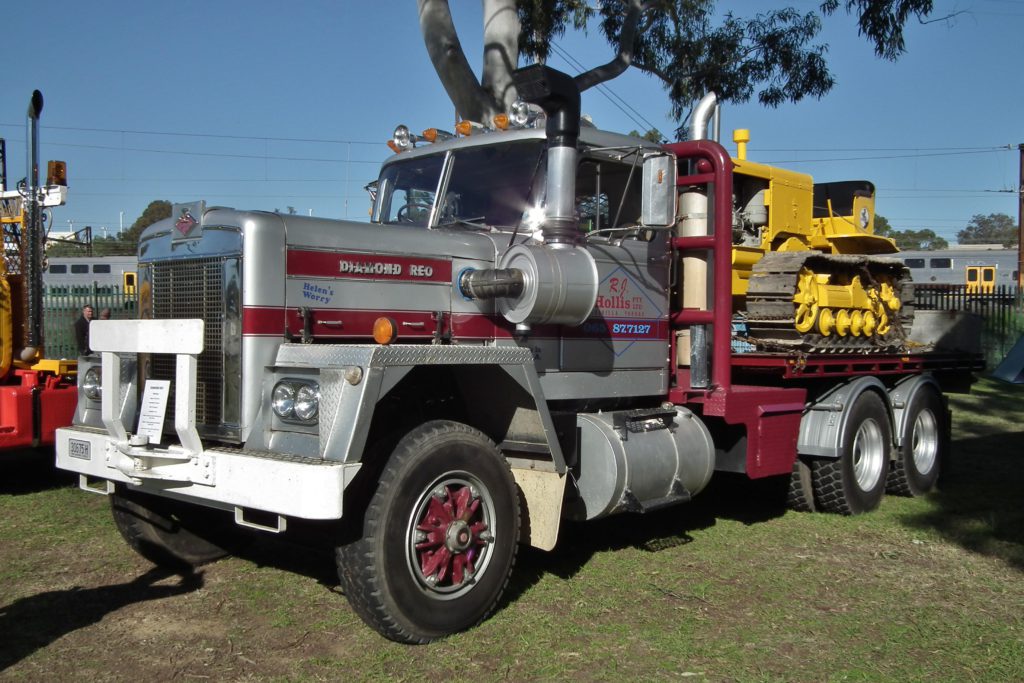
If you’re interested in corporate mergers that produced exceptional vehicles, Diamond Rio emerged in 1967 when Diamond T and Reo joined forces under White Motor Corporation. Diamond Rio trucks combined Diamond T’s eye-catching grille work with Reo’s practical body styling. Their hybrid appearance made them easy to spot on highways.
These trucks wore their mixed heritage proudly – sort of like how the Transformers movies blend CGI robots with real vehicles, except these actually worked reliably.
12. White Motor Company
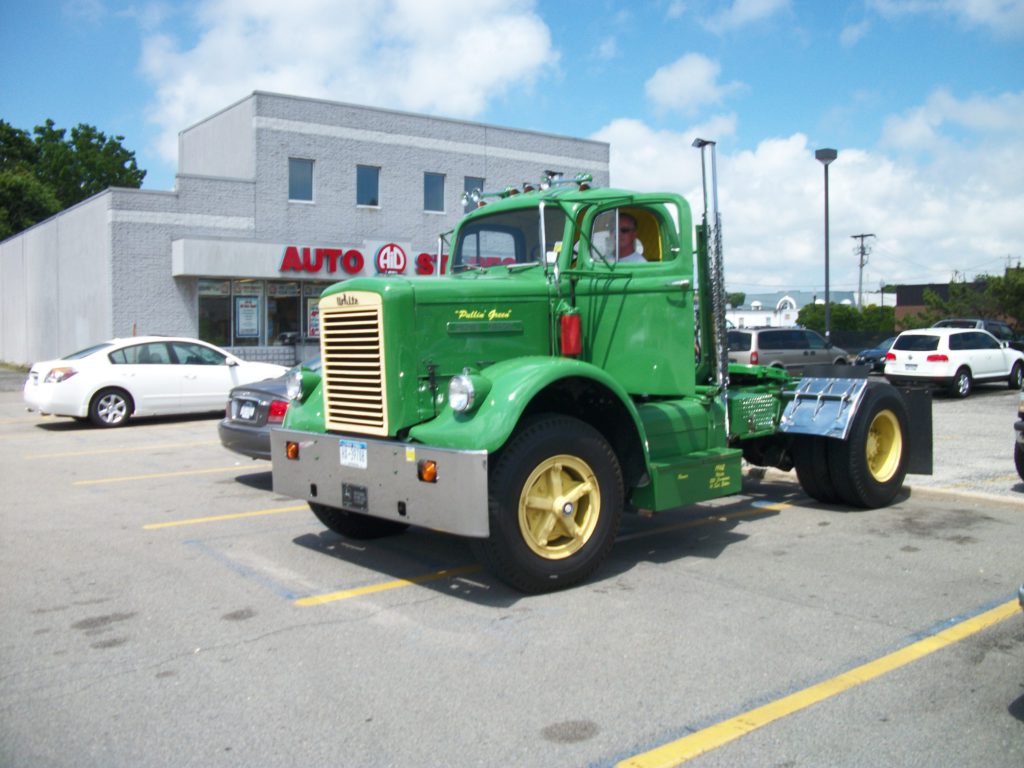
From bicycle maker to trucking pioneer, White Motor Company began in 1900 with modest ambitions. The year 1910 marked their transition to gasoline trucks with clean lines and no-nonsense styling. Their distinctive front-end design and perfectly proportioned cab-to-body ratios made White trucks instantly recognizable.
White’s approach to truck design was like a master chef who knows exactly which ingredients will stand the test of time – nothing flashy, just solid engineering that worked decade after decade.
11. Federal Motor Truck Company
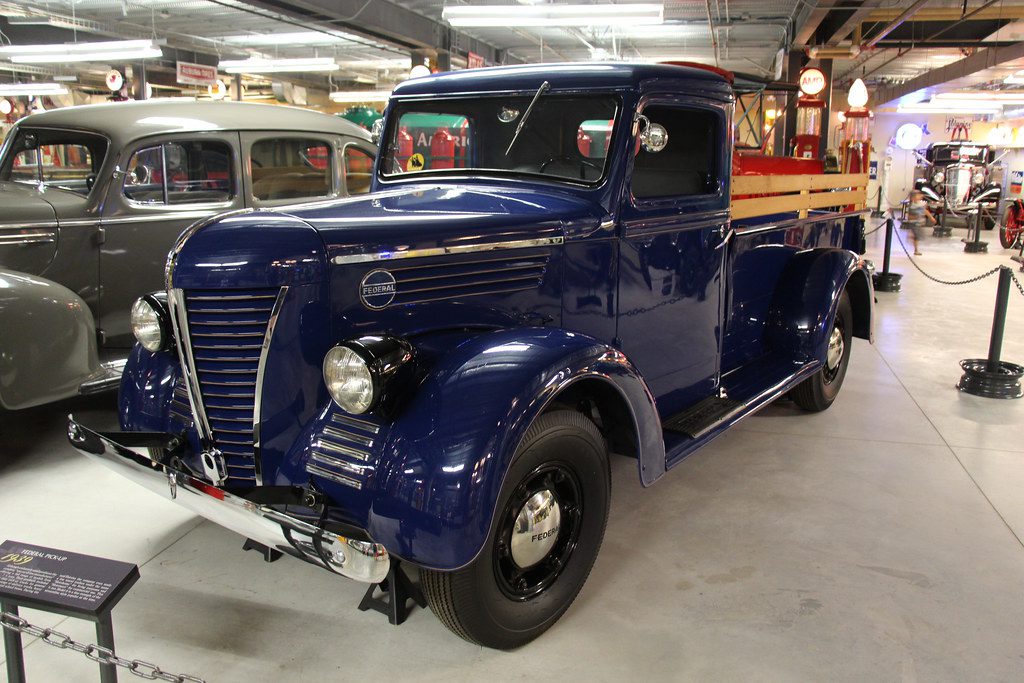
While competitors cobbled together parts from various suppliers, Federal Motor Truck Company built their own components from the ground up after their founding in 1910. Tall, narrow radiator grilles and clean body lines distinguished these trucks from competitors. Their unique styling resulted from this rare vertical integration.
Their diverse vehicle lineup included specialized fire trucks with custom bodywork. This manufacturing approach resulted in trucks that looked consistent rather than like puzzles assembled from mismatched pieces.
10. Brockway Motor Truck Company
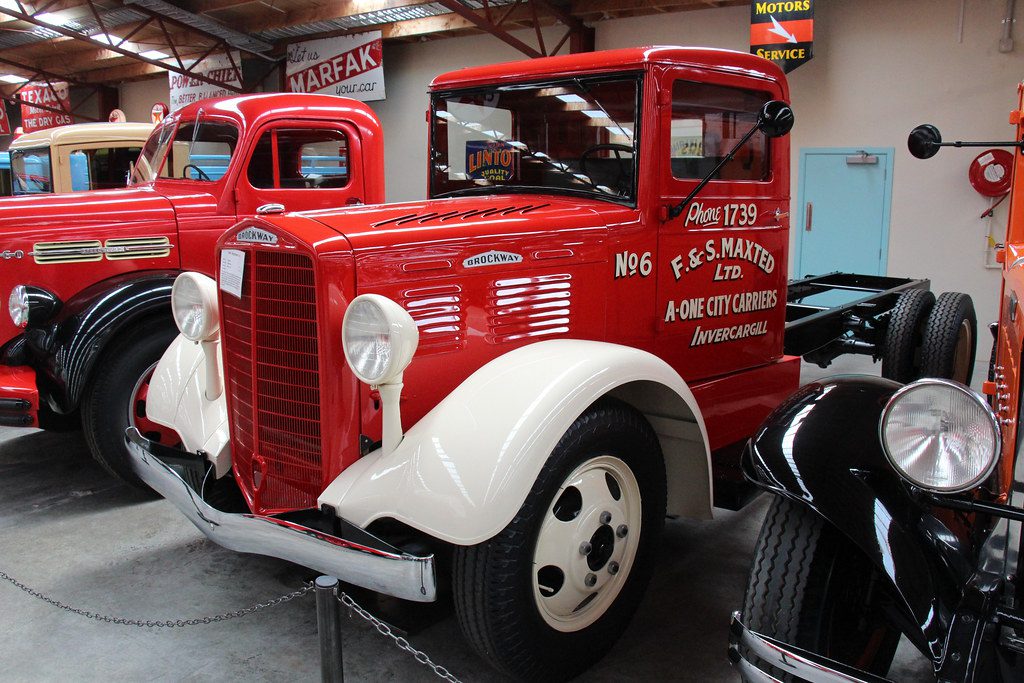
The distinctive “Brockway nose,” developed after the company’s founding from a carriage works, made these trucks instantly recognizable while providing structural integrity competitors couldn’t match. Their design philosophy transitioned from horse-drawn aesthetics to muscular truck styling over the years. By the 1930s, this signature element had become unmistakable.
Hood ornaments that would make luxury cars jealous adorned Brockway trucks. Chrome accents highlighted structural components rather than just decorating them. Their angular cab design gave drivers exceptional visibility.
9. Fageol Motors
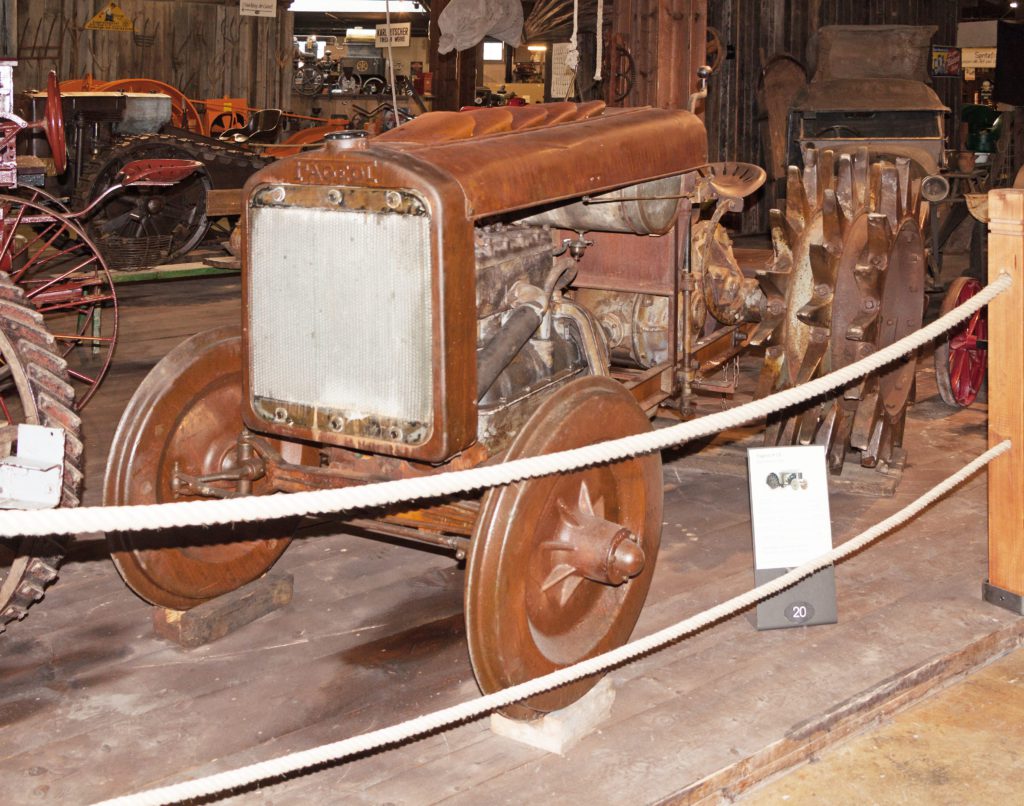
Safety innovation drove Fageol Motors to create designs decades ahead of their time. Their revolutionary 1921 Safety Bus featured a low-slung profile and panoramic windows when competitors were still building glorified wagons. The company was founded in 1916, when most truck designs were little more than motorized wagons.
These vehicles appeared so advanced they seemed like something from a “Back to the Future” movie set accidentally dropped into the 1920s. Their futuristic styling turned heads on roads dominated by boxy, utilitarian designs.
8. Sterling Trucks
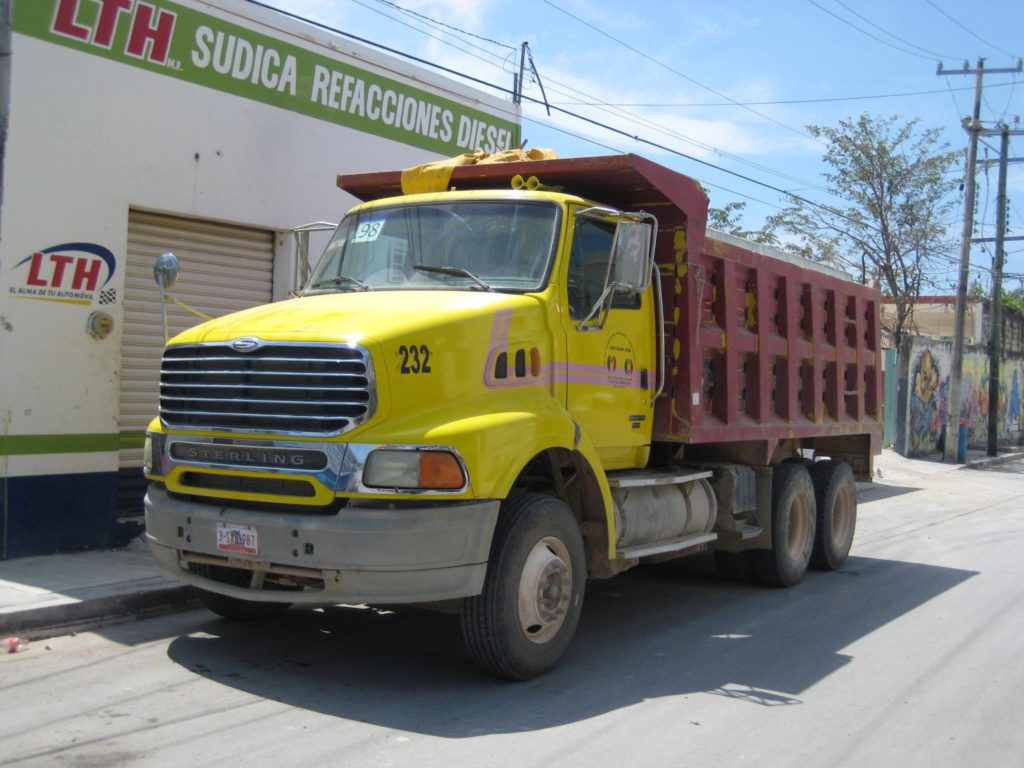
The rebirth of Ford’s heavy truck legacy came in 1998 when Freightliner established Sterling Trucks following their purchase of Ford’s commercial division. These trucks blended Ford’s familiar styling with Freightliner’s engineering advancements. The transition preserved design elements fleet operators had come to trust.
Ever wondered what happened to those Ford heavy trucks that disappeared from highways? They essentially lived on through Sterling, maintaining design elements that fleet operators had come to trust, just wearing different badges.
7. Packard
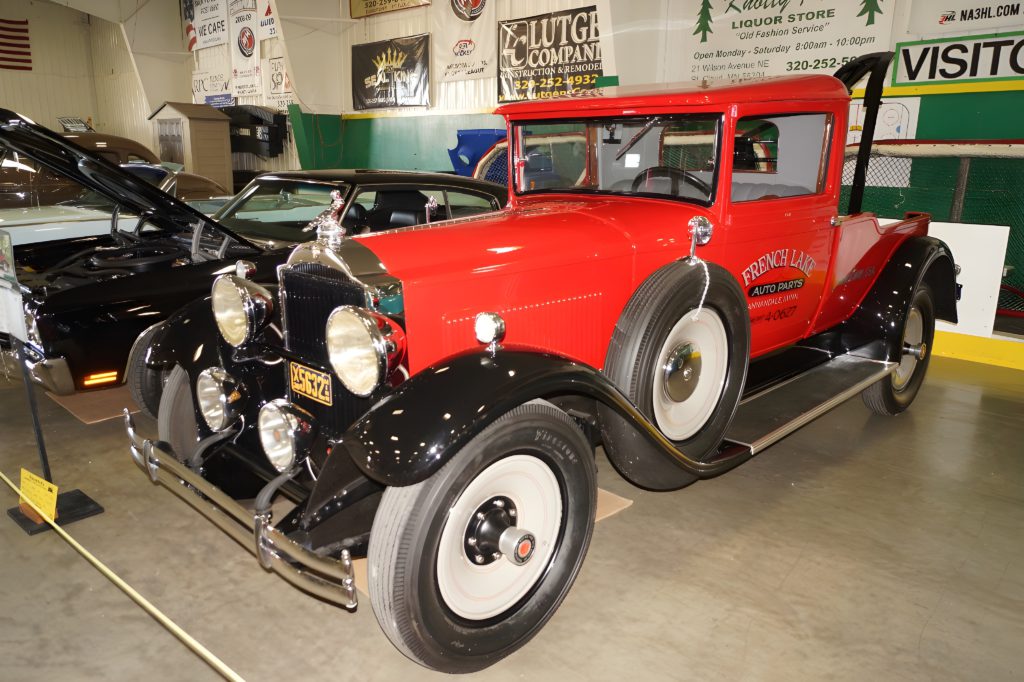
When America entered World War I, luxury car maker Packard shifted to military production with remarkable speed and quality. Their 1917–1918 Model D trucks wore styling elements borrowed from the company’s prestigious cars. Packard was established in 1899 as a premium automobile manufacturer before expanding into commercial vehicles.
During the war years, Packard’s truck line expanded from specialized luxury haulers to full-scale military production. The factory floors that once built cars for America’s elite now produced trucks headed for European battlefields.
6. Gotfredson Truck Corporation
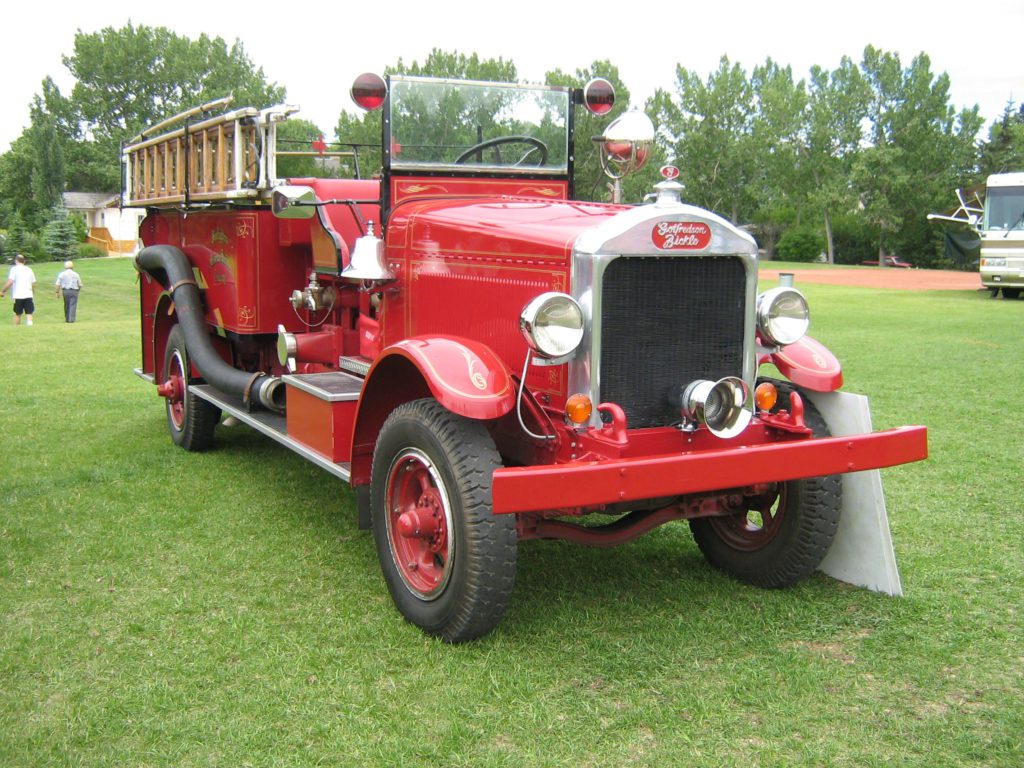
Durability in extreme conditions defined Gotfredson trucks when most competitors focused merely on moving goods from point A to B. Functionality shaped their design approach with no-nonsense lines and extra-sturdy construction. Founded in 1923, Gotfredson focused exclusively on commercial vehicles from the start.
These trucks were engineered for dependability in an era when reliability was more wish than expectation – like finding a smartphone that still holds a charge after five years.
5. Oshkosh Motor Truck Company
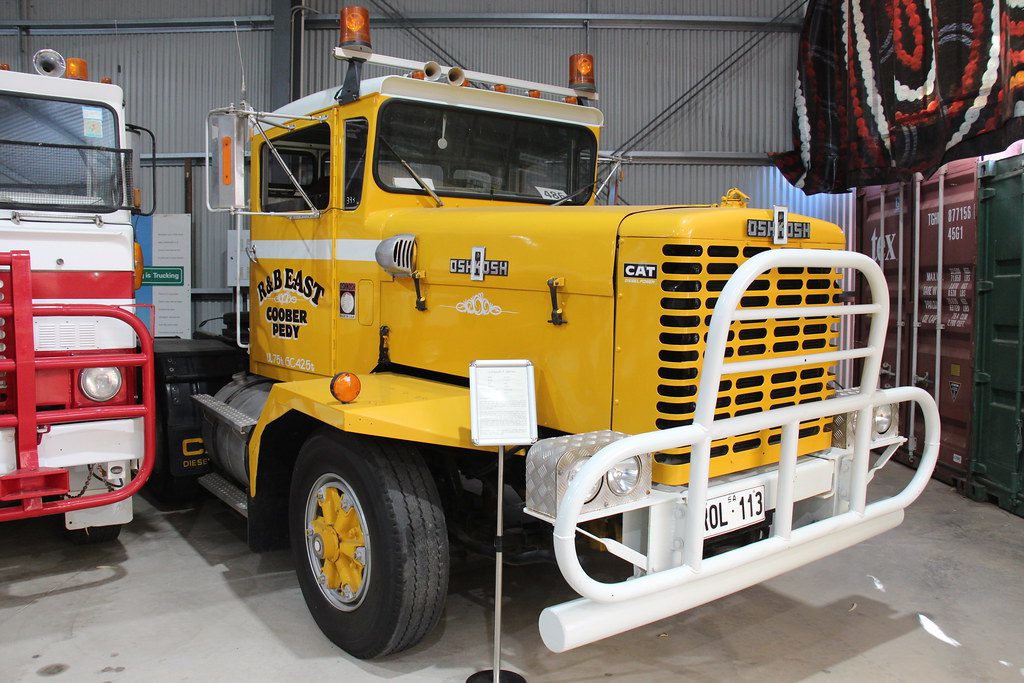
No terrain was too challenging for Oshkosh trucks, which conquered landscapes that would strand or destroy conventional vehicles of the era. When the Wisconsin Duplex Auto Company transformed into Oshkosh, they committed to building vehicles that could go absolutely anywhere. The company officially adopted the Oshkosh name in 1917.
These trucks conquered terrain that would make most drivers in “Jurassic Park” nervously radio for backup. Their unmistakable profile said “serious business” rather than “highway cruiser.”
4. American LaFrance
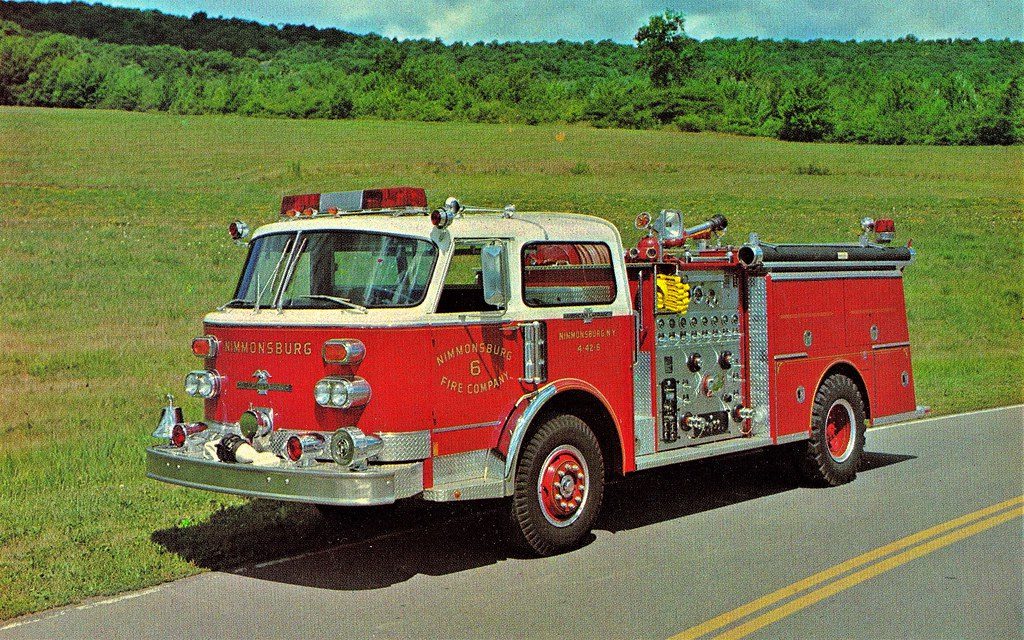
When fire bells rang in early American cities, the gleaming red American LaFrance trucks—first built in 1873—became symbols of hope racing through crowded streets. Their polished chrome and distinctive emergency lighting became synonymous with fire protection across America. By the early 1900s, their vehicles defined what fire trucks should look like.
Their 1907 motorized fire engine revolutionized emergency response at a time when most departments still relied on horse-drawn equipment. Soon, over 70% of fire departments could identify an American LaFrance truck from blocks away.
3. Moreland Truck Company

West Coast innovation distinguished Moreland trucks from their East Coast and Midwest competitors. The brand’s exterior design incorporated distinctly California styling with streamlined elements when most trucks were still box-shaped. Founded in 1911, Moreland’s operation became a noteworthy West Coast manufacturer when most truck builders were concentrated elsewhere.
These California-built machines featured easily replaceable body panels decades before the concept of modular design became standard. Moreland might be the most undeservedly forgotten manufacturer on this entire list.
2. Graham Brothers
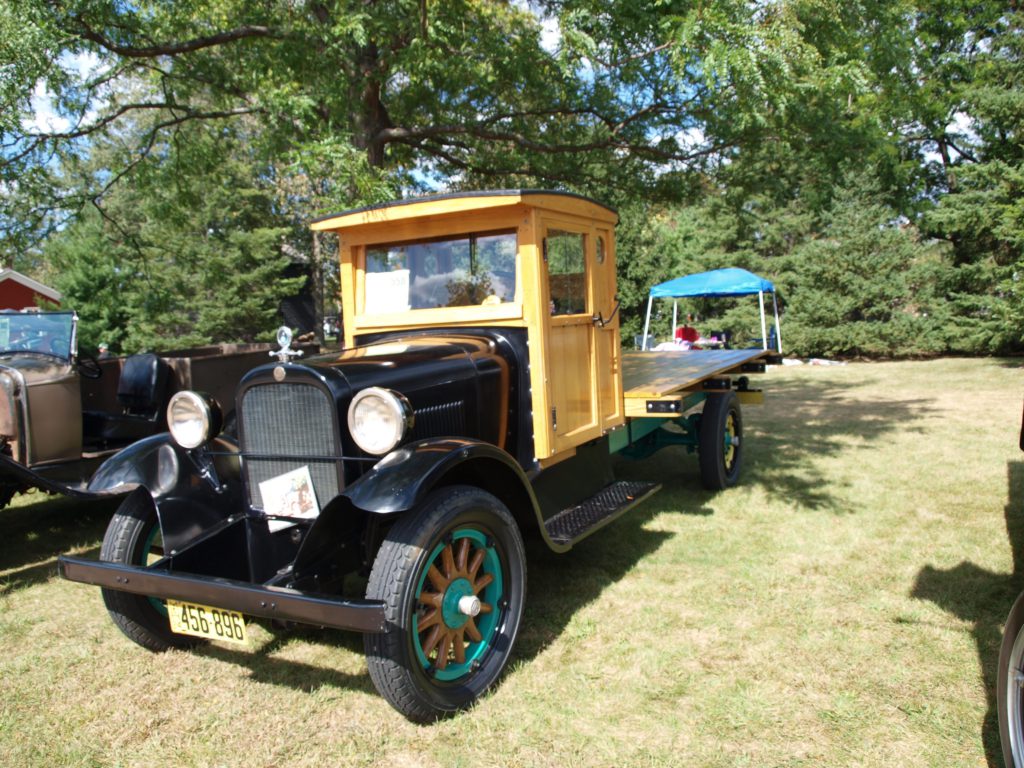
From conversion kits to complete trucks, the Graham Brothers’ evolution represents American entrepreneurial spirit at its finest. Their exterior design evolved from modified Ford Model T frames to purpose-built truck bodies. The Graham Brothers founded their company in 1919 in Evansville, Indiana, initially producing conversion kits for Model T cars.
Clean lines and practical styling defined their appearance. Distinctive radiator designs helped identify these trucks on the road. Collectors worldwide often seek Graham Brothers trucks for their historical significance and quality construction.
1. Hendrickson Motor Truck Company
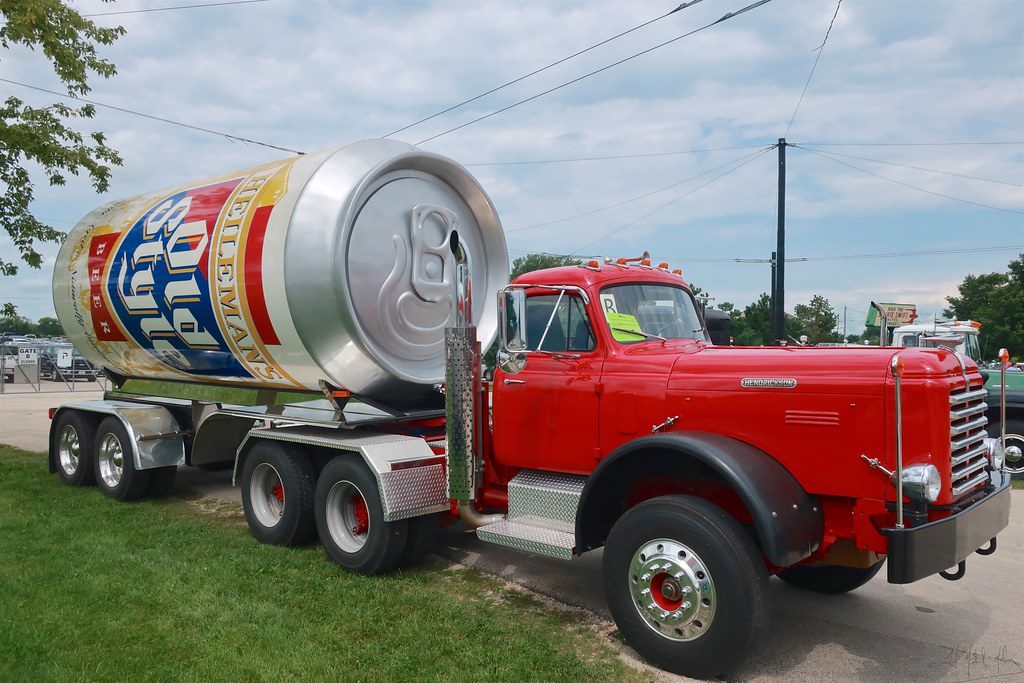
Rough roads destroyed conventional suspensions until Magnus Hendrickson revolutionized how trucks handled uneven terrain. Their exterior styling prioritized function over form with straightforward yet distinctive cab and body elements. The company was established in 1913 in Chicago, initially building trucks equipped with cranes.
Clean lines and proportional dimensions signaled quality construction to potential buyers. Have you ever wondered where advanced suspension systems came from? Hendrickson pioneered technologies that transformed how trucks handle rough roads.

